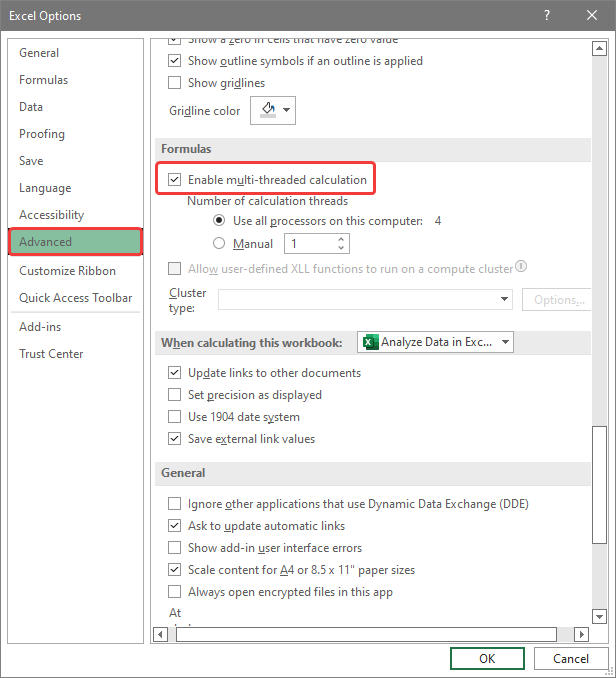5 Ways to Organize Excel Data into Sheets

Excel is a powerful tool for data organization and analysis, providing users with the capability to manage large datasets efficiently. One of the key functionalities of Excel is its ability to separate data into different sheets, which can greatly improve readability, analysis, and the overall management of complex data structures. Here are five effective ways to organize Excel data into sheets:
1. Using Filter and Group

Excel's Filter and Group features can simplify the process of segregating data into separate sheets:
- Filter Data: Use the Filter function to show only the data you need based on your criteria. For example, filter by a specific category, date range, or any other unique identifier.
- Group Data: Once filtered, you can group data by selecting rows or columns, then using the "Data" tab to "Group". This allows you to hide or show detailed data within a sheet, making it easier to manage.

💡 Note: Always remember to use the "Filter" button first before applying a group to ensure you're organizing relevant data.
2. Utilize Advanced Sorting Techniques

Sorting data not only helps in ordering it but can also be used strategically to move data into separate sheets:
- Custom Sort: Use custom sort options where you can sort by multiple columns. For instance, sort by Product Category then by Sales Region to organize data hierarchically.
- Conditional Sorting: Employ conditional formatting to highlight certain data before sorting. This can help in visually segregating data before moving it to other sheets.

3. Employ Data Validation and Drop-Down Lists

Data validation can streamline data entry and organization:
- Drop-down Lists: Create drop-down lists with predefined categories or parameters to ensure data consistency and ease of classification.
- Range Limits: Set validation rules to restrict input within a certain range, preventing errors and enabling easier data segregation.
| Validation Type | Use Case |
|---|---|
| List | Select from predefined options |
| Date | Enter date within specific range |
| Decimal | Enter numbers within defined range |

4. Use Macros and VBA Scripts

For repetitive tasks, macros and VBA can automate data organization:
- Macro Recording: Record a macro that performs the repetitive tasks like creating sheets, sorting data, or applying filters, then run it as needed.
- VBA Scripts: Write custom VBA scripts for more complex organizational tasks or for automation on a larger scale.

💡 Note: Ensure you save macros and scripts with care, as they can alter your data if not used correctly.
5. Employ Third-Party Tools

While Excel has robust built-in features, third-party add-ins can extend its capabilities:
- Power Query: For data transformation, combining, or separating data into different sheets based on complex logic.
- Add-Ins like ASAP Utilities or Kutools: These can provide shortcuts and additional functions not available in standard Excel.
In summary, organizing Excel data into sheets involves a strategic approach to enhance data management. From using in-built Excel features like filters and sorting to more advanced techniques such as VBA scripting or third-party tools, each method has its place depending on the complexity of your data and your proficiency with Excel. By employing these methods, users can achieve greater clarity, efficiency, and accuracy in their data handling.
How can I learn VBA scripting for Excel?

+
You can learn VBA by exploring Microsoft’s documentation, online tutorials, or community forums like Stack Overflow. Books on Excel programming and online courses on platforms like Udemy or Coursera are also excellent resources.
What are some common mistakes to avoid when organizing Excel data?

+
Avoid overcomplicating data structures, neglecting to validate data, or not saving backups before running macros. Also, ensure consistency in formatting and data entry to prevent confusion.
Can I use Excel for large datasets?

+
Yes, Excel can handle large datasets, but for extremely large data, consider using tools like Microsoft Power BI, SQL Server, or Google BigQuery for better performance.
How do I ensure data integrity when sharing Excel files?

+
Protect your sheets with passwords, use data validation to restrict input, and enable track changes or shared workbook features to monitor modifications.
What are some alternatives to Excel for organizing data?

+
Alternatives include Google Sheets for real-time collaboration, SQL databases for structured data, or specialized software like Tableau for data visualization and analysis.



